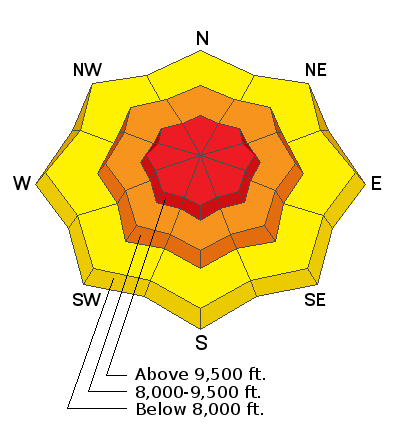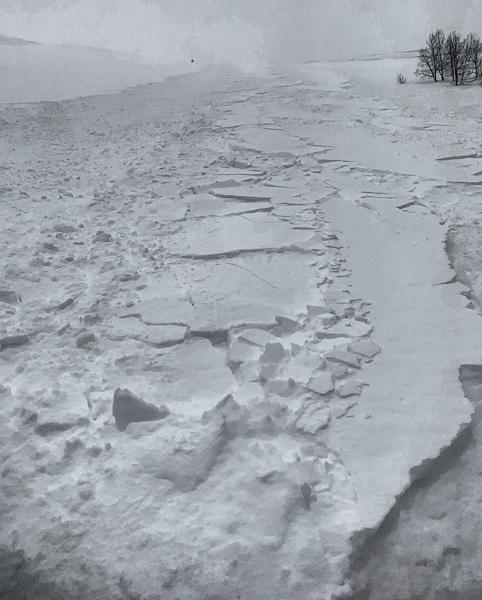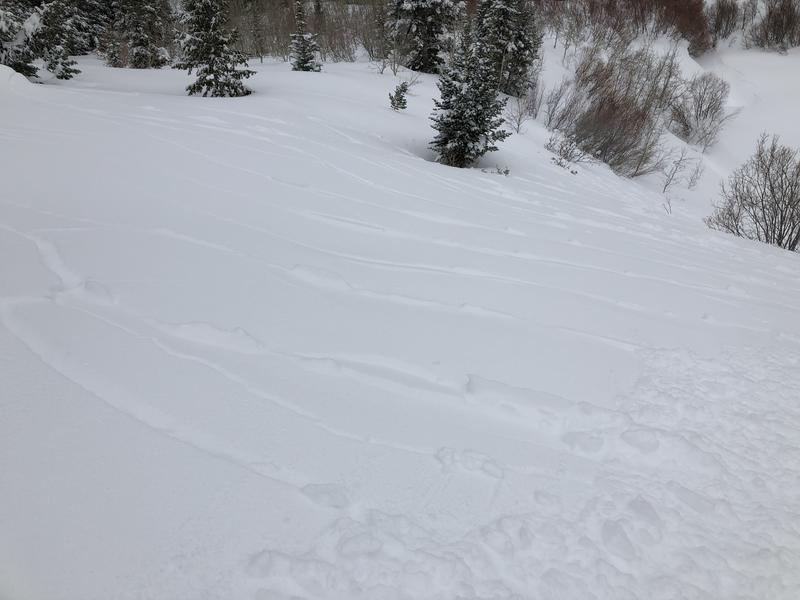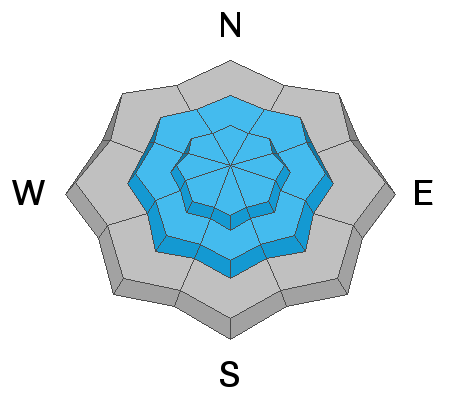Discounted lift tickets - Thanks to the generous support of our Utah ski resorts and Ski Utah, all proceeds from these ticket sales go towards paying for avalanche forecasting and education! Get your tickets
here.
This morning, mountain temperatures are in the upper teens and low-20s F at trailheads, and low teens F at upper elevations. Winds have dropped off a bit, and are currently west-northwesterly and northwesterly averaging 5-15 mph with mid-elevation gusts of 30-35 mph and upper elevation gusts up to 50 mph. Last night upper elevations gusts hit over 80 mph. It is still lightly snowing.
24-hr storm totals are:
Little Cottonwood Canyon: 15-19” snow (1.50”-1.95” water)
Big Cottonwood Canyon: 12”-23” snow (0.90” - 1.90” water)
Park City Ridgeline: 12-15” snow (1.20” water)
Today, short periods of snow showers will continue and bring another 4-7 inches of snow before the evening. Mountain temperatures will be in the low to mid-20s F, and winds will continue to west-northwesterly and northwesterly, averaging 10-25 mph, with gusts of 25 to 45 at the highest ridgelines.
Natural avalanches are occurring. Early this morning, around 0200 a natural avalanche cycle occurred in Little Cottonwood Canyon with some avalanches hitting the road.
Yesterday, ski patrols triggered both shallow soft slabs and loose snow avalanches within the new snow using ski cuts and explosives.
In the backcountry, widespread cracking and avalanches were reported. The avalanches from yesterday include the following:
Confused about locations? Steve Achelis has a great map and web page and app.
Wasatch Backcountry Skiing Map. Check it out.
Across the board, these new snow avalanches were shallow soft slabs, 5-8 inches deep. All of these avalanches were easy to trigger and ran far and fast.
Great photo of a soft slab avalanche that occurred on
Reynolds yesterday. (Photo: M. White)












